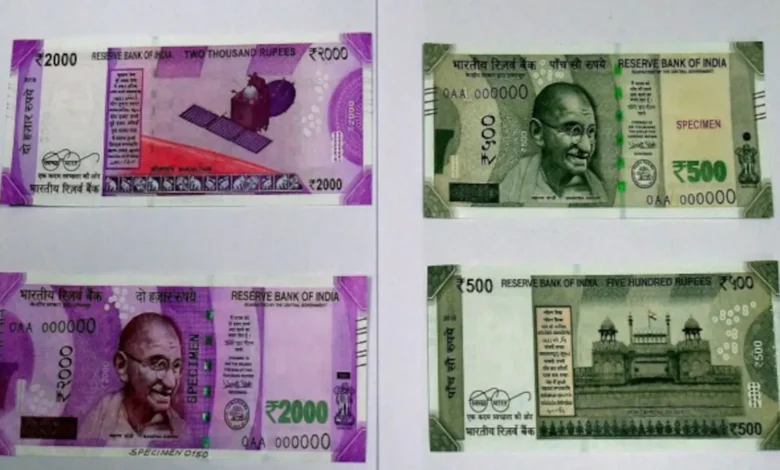
Mobilenews24x7 Bureau
There is a group of people in India who are absolutely convinced they know everything.
“This group” can teach history to historians, science to scientists, warfare to the army and note printing to the note printers!
The withdrawal of the ₹2,000 note from circulation by the RBI, which was announced on May 19, 2023, marks the end of a sordid chapter in the tragi-comic demonetisation saga. The presence of the ₹2,000 note in circulation was a constant reminder of the horrors of a “nation in the queue”.
The note was also an object of ridicule, particularly due to bizarre claims at the time of its introduction, of a nano chip implanted in it. For the beleaguered government, the chapter on the ₹2,000 note had to be closed. With fresh printing of the note stopped after 2018-19, its eventual withdrawal was expected.
The RBI printed the new ₹2,000 notes in a new size. Normally, an automated teller machine (ATM) contained four cassettes; two cassettes held ₹500 notes and the other two cassettes held ₹1,000 and ₹100 notes. The new ₹2,000 note would not fit into any of these cassettes. Consequently, every one of the 2.2 lakh ATMs in India had to be “re-calibrated”. Re-calibration was a massive and complex exercise that required coordination across banks, ATM manufacturers, the National Payments Corporation of India, and switch operators. Engineers had to personally visit each ATM and spend between two to four hours with an ATM to complete the re-calibration.
The quality of the new ₹2,000 note was also a problem. Many notes were poorly printed: some notes had a shadow of Mahatma Gandhi’s face in addition to the photograph of his face; some others had uneven borders; while others were of varying colour shades and sizes. In the villages, farmers were cheated by criminals as they were paid in fake ₹2,000 notes — they were just high resolution photocopies of the original note.
Finally, even when people managed to get a ₹2,000 note, most of them were unable to spend it; no one would offer change or a balance payment over transactions. In effect, the problem of a short supply of notes was exacerbated by the release of the ₹2,000 note.
All this while, the public was stuck with one basic question: if, as the government claimed, most illegal transactions and stocks of cash were in notes of ₹500 and ₹1,000, why did the government release new notes of ₹2,000? No credible explanation was ever provided.
Yet, what is undeniable is that India’s monetary system has taken a serious credibility hit due to frequent changes and U-turns in currency management.
The RBI Governor’s statement that he cannot unambiguously predict the status of the ₹2,000 note after Sept 2023, has made a bad situation worse. Those looking for stability will see holding assets in the Indian rupee as a liability.
Resourced by agencies & The Hindu






